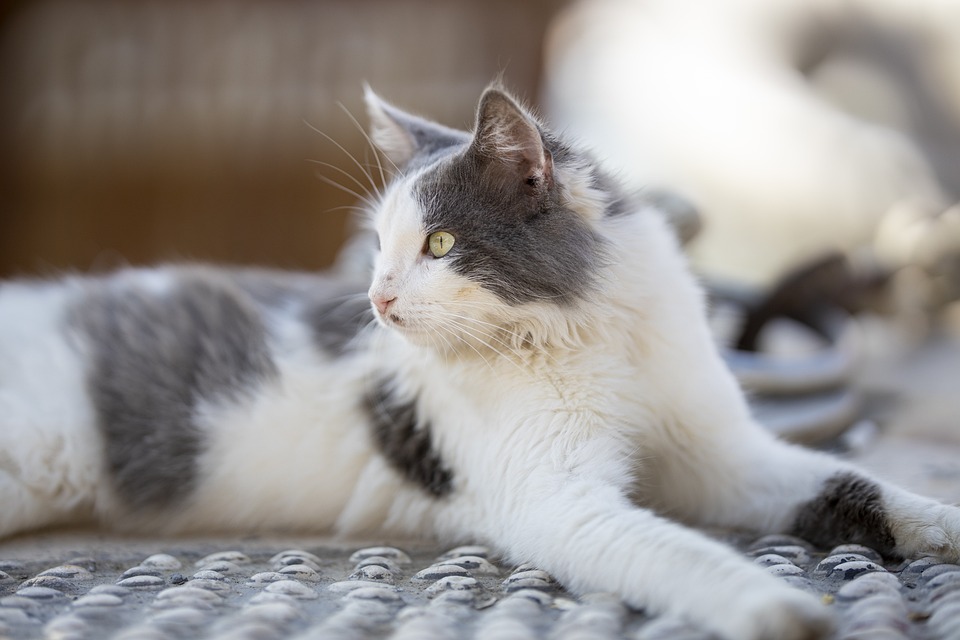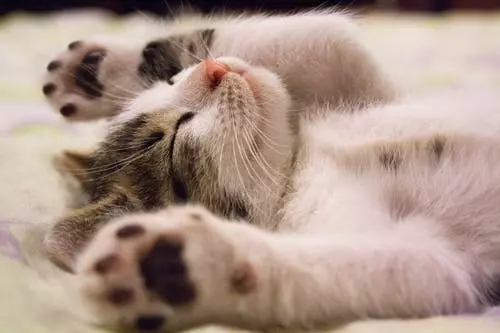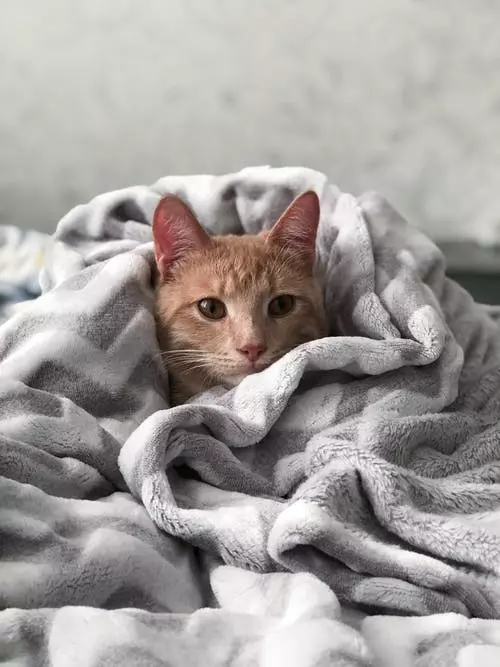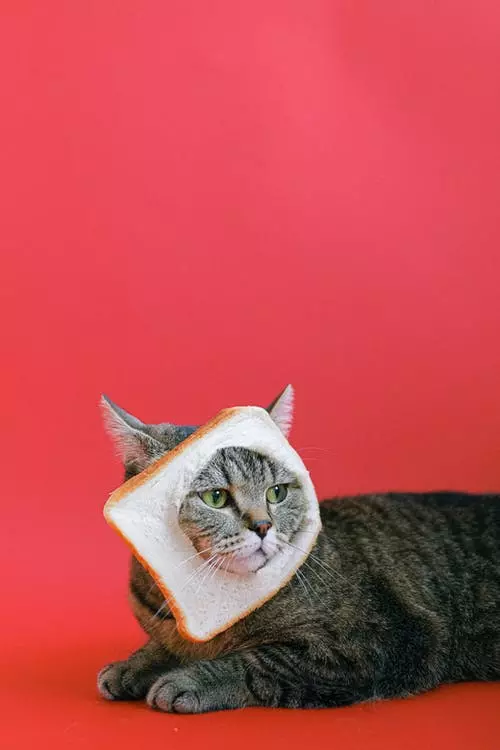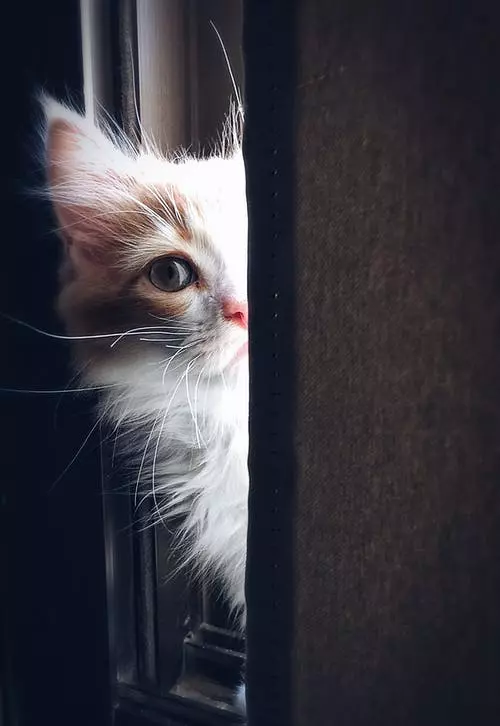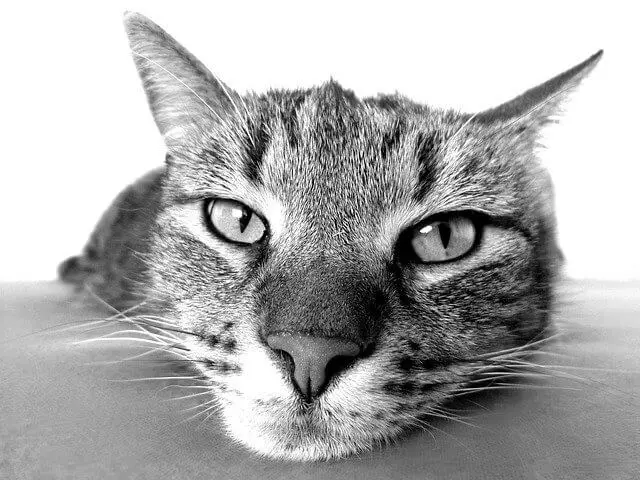Cats are known for their agility and grace, but just like humans, they can experience joint problems as they age. Fortunately, advancements in veterinary medicine have led to new treatments and therapies specifically designed to improve cat joint health. In this article, we will explore the innovative solutions available to help manage joint issues in our feline friends.
Understanding Cat Joint Health:
To effectively address cat joint health, it is important to understand how joints work in cats and the common issues they may face. Cat joints allow for smooth movement and flexibility, but as cats age, they may experience conditions such as osteoarthritis, hip dysplasia, or joint injuries. Early detection and intervention are crucial in managing these issues and preventing further damage.
Traditional Treatments for Cat Joint Health:
Traditional treatments for cat joint health focus on pain management, joint support, and physical therapy. Medications such as non-steroidal anti-inflammatory drugs (NSAIDs) can help alleviate pain and inflammation. Nutritional supplements containing glucosamine and chondroitin sulfate provide joint support by promoting cartilage health. Physical therapy and exercise help improve joint mobility and strengthen muscles.
New Innovations in Cat Joint Health:
In recent years, several innovative treatments have emerged to further enhance cat joint health. Stem cell therapy is one such advancement, utilizing the regenerative potential of stem cells to repair damaged joints and reduce inflammation. This therapy shows promising results in improving joint function and reducing pain.
Laser therapy is another non-invasive treatment option gaining popularity in veterinary medicine. It uses low-intensity laser light to stimulate cell regeneration and reduce pain and inflammation. Laser therapy is safe, painless, and can be used in conjunction with other treatments.
Acupuncture, a traditional Chinese medicine practice, is also being utilized in veterinary care to manage cat joint health. By stimulating specific points on the body, acupuncture can help alleviate pain, improve circulation, and promote healing.
Hydrotherapy and underwater treadmills provide low-impact exercise options for cats with joint issues. These therapies allow cats to engage in physical activity without putting excessive stress on their joints. The buoyancy of water reduces pressure on joints, making it an ideal option for cats with mobility issues.
FAQs about Cat Joint Health:
To address common concerns about cat joint health, here are some frequently asked questions:
1. Can joint problems occur in young cats?
Yes, joint issues can occur in cats of any age, although they are more commonly seen in older cats.
2. How can I tell if my cat is experiencing joint pain?
Look for signs such as limping, difficulty jumping or climbing stairs, decreased activity level, and changes in grooming habits.
3. Are there any natural remedies for cat joint health?
Certain supplements like omega-3 fatty acids and turmeric may have anti-inflammatory properties that can support joint health. However, it’s important to consult with a veterinarian before starting any natural remedies.
4. What are the potential side effects of medications used for joint issues?
NSAIDs, commonly prescribed for joint pain, can have side effects such as gastrointestinal upset or liver and kidney damage. Regular monitoring by a veterinarian is crucial when using medications.
5. How long does it take for new treatments like stem cell therapy to show results?
The timeline for results may vary, but some cats show improvement within a few weeks to a few months after stem cell therapy.
6. Is it safe to combine different treatments for my cat’s joint health?
Combining treatments may be beneficial in some cases, but it’s essential to consult with a veterinarian to ensure compatibility and safety.
7. Can I prevent joint problems in my cat?
While some joint issues are hereditary or age-related, maintaining a healthy weight, providing a balanced diet, and engaging in regular exercise can help reduce the risk of joint problems.
Conclusion:
With the advancements in veterinary medicine, cat owners now have a range of innovative treatments and therapies to address cat joint health. By understanding the importance of early detection, utilizing traditional treatments, and exploring new innovations, cat owners can provide the best care and support for their feline companions. By staying informed and working closely with a veterinarian, cats can continue enjoying their playful and active lifestyle for years to come.

